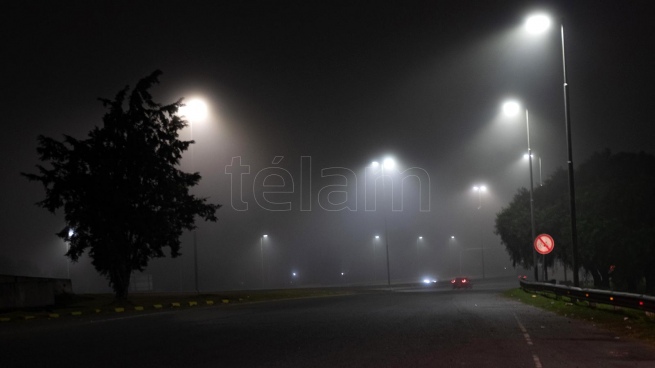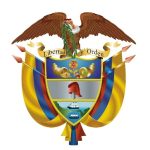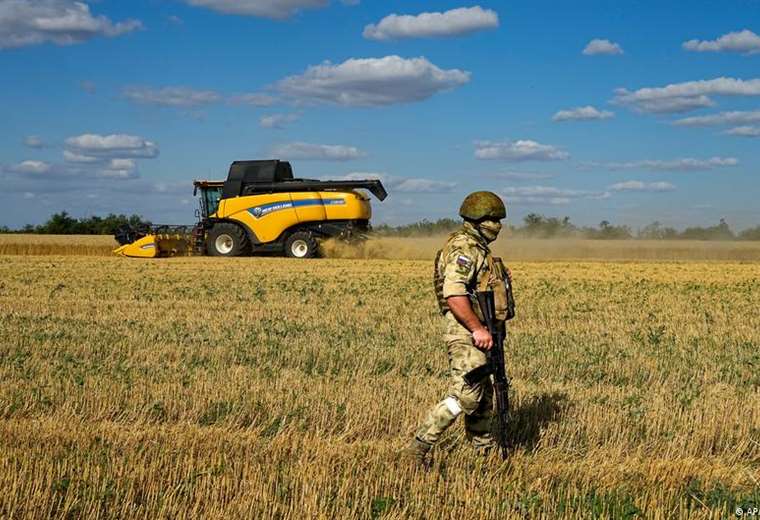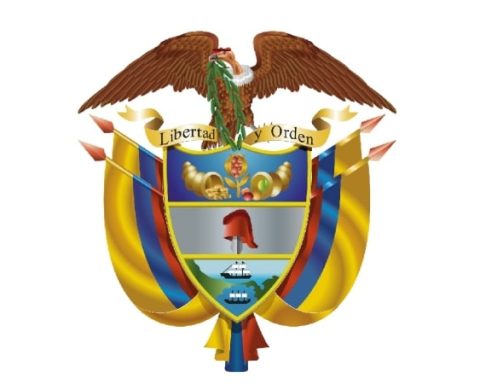Half of the drivers in the Metropolitan Area of Buenos Aires (AMBA) do not know the correct way to use the lights during foggy days and believe that it is correct to drive with the beacons connected, according to a survey carried out by road safety specialists.
Article 47 of the National Traffic Law states thatThe flashing emergency lights (beacons) should only “be used to indicate stopping at toll stations, dangerous areas or in the execution of risky maneuvers”that is, they should not be used in case of fog, indicated the specialists of the Road Observatory of the chamber of road software production companies (Cecaitra).
“That half of the drivers do not know how to communicate their position in case of fog, is a fact that should alert us. It is very important that, in the face of any meteorological phenomenon, such as fog, you drive at a precautionary speed. And beyond the mandatory use of low beams, in the event that the vehicle has fog lights, they must be turned on.explained the spokesman for the Facundo Jaime Observatory.
During a survey conducted among a thousand drivers from the City of Buenos Aires and the suburbs, 49.9 percent said that “it is correct” to circulate with beacons on foggy days, while 42.9 percent said it is “incorrect” , 2.8 percent assured that “it is the same” and the rest did not choose any option.
During the survey, they were also asked about the maximum speeds allowed to drive in fog on highways and in this case, 61.7% said that they must necessarily go down, 29% who go down to 40 or 60 km/h, depending on whether or not the warning signs of fog are seen on the road ; and 8.9% stated that the speeds are maintained.
The National Road Safety Agency (ANSV), advises that to drive in fog you should observe the inverted “V” signs that are usually placed or painted in places with frequent fog and in case of observing two “V” you should drive at a precautionary speed that does not exceed 60 kilometers per hour and when a single “V” is displayed, it should be lowered to 40 kilometers per hour.
“At this point, beyond the logical idea that it is important to slow down the vehicle in fog, there is also a significant lack of knowledge about the role of fog warning markings on the road. As The ANSV raises it, these marks play a fundamental role when driving with phenomena such as fog, rain or hail”, Jaime concluded.















